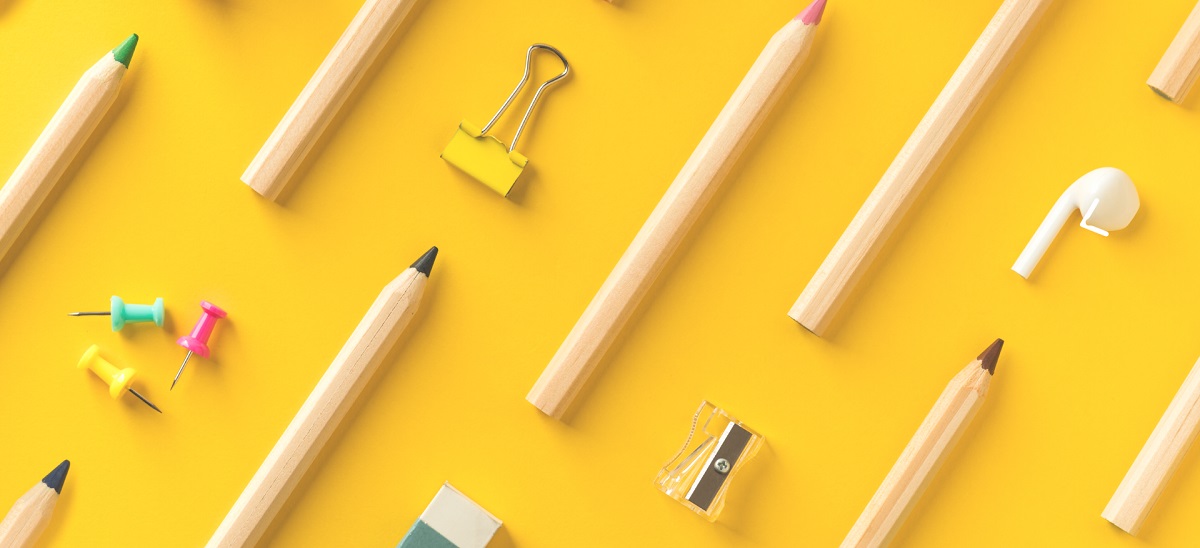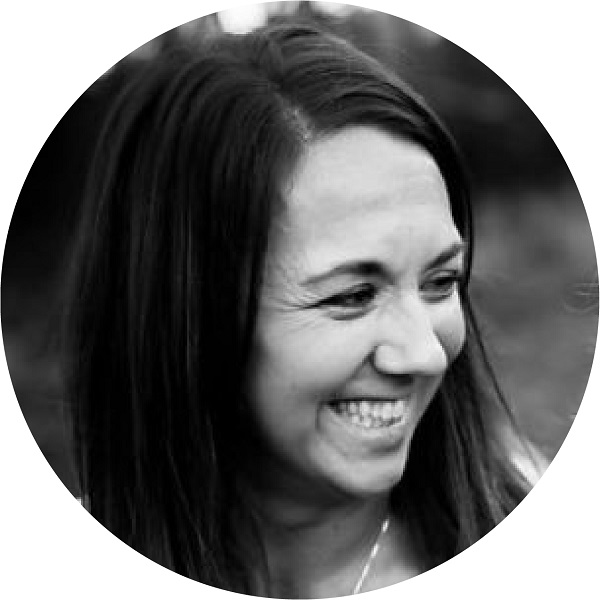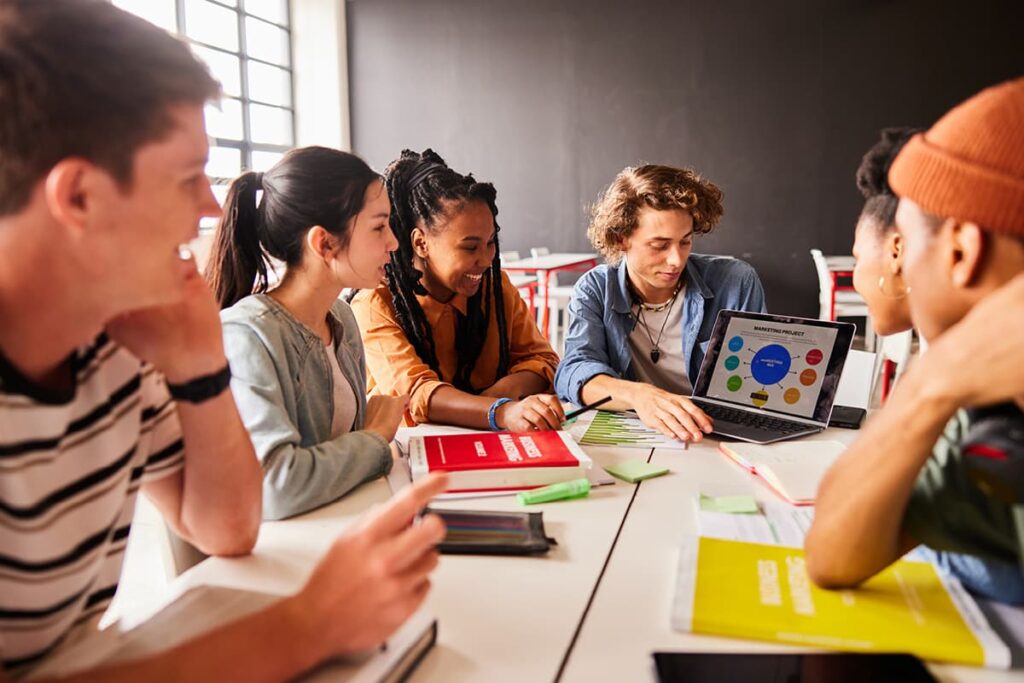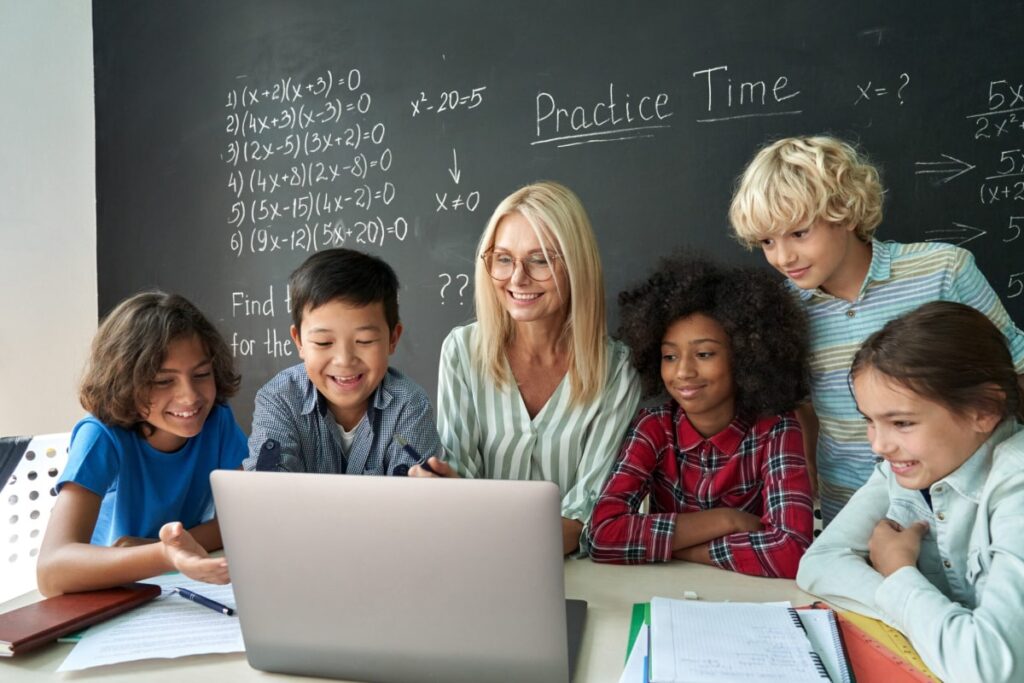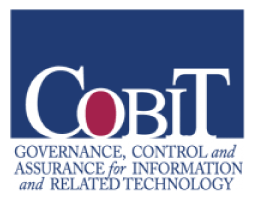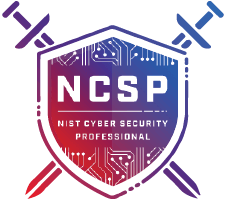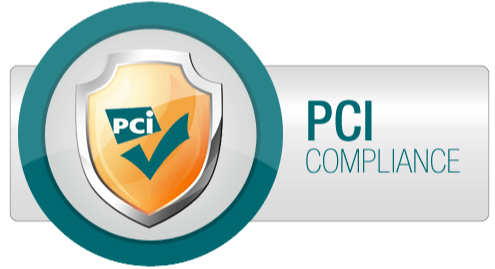By implementing a Universal Design for Learning (UDL) that supports all learners, we can create a place where all learners actively engage in their learning experiences. Whether you’re exploring how to foster engagement so all learners can be invested, or you’re seeking ways to present information that support learner independence, developing opportunities for action and expression that support learner initiation and connection will create a pathway to success for you and your students.
Enhancing social connections within the context of learning can help you create the emotional “hook” for a learner. Here are some practical ideas for how to enhance learner engagement across various developmental stages, as outlined in the Social Emotional Learning – Knowledge and Skills (SEE-KS) Quick Reference Guide. Consider incorporating some of these ideas informed by UDL and Social Emotional Learning (SEL) into your educational practice.
Part A of SEE-KS encourages educators to create opportunities that foster engagement to support learner investment. One practical idea is to provide provide access to and directly reference concrete objects within you classroom. For example, use bins of materials for specific activities and denote the steps toward completion of three tasks within the evidence-based practice of a structured work system (Photo A).
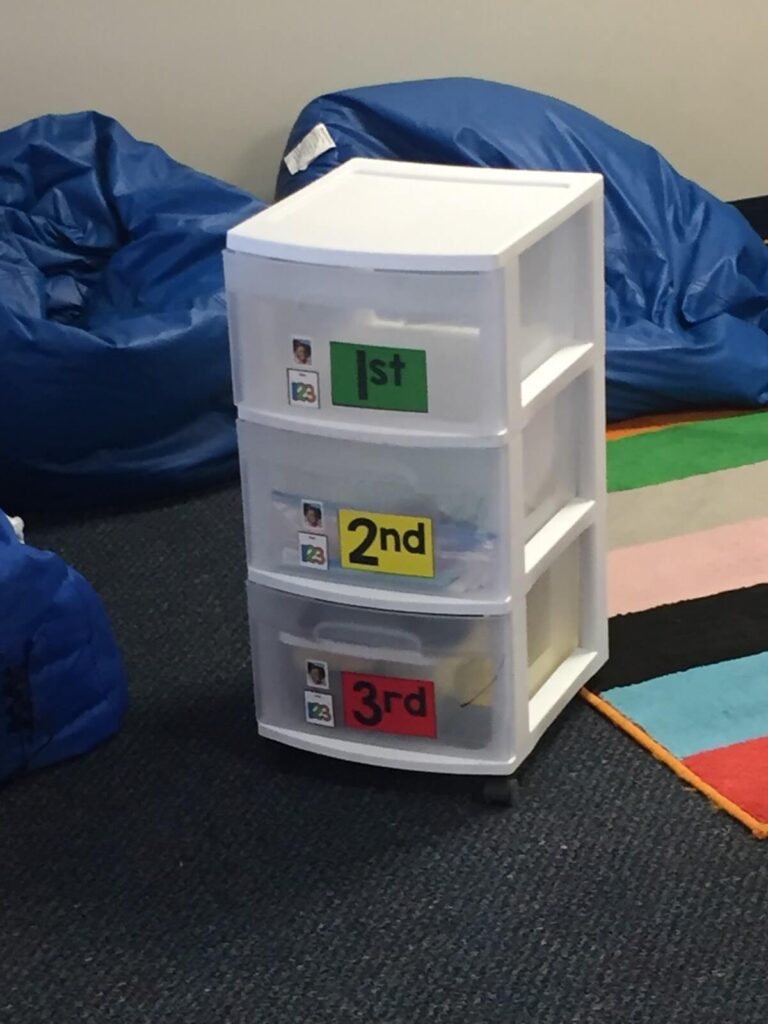
The drawers may contain items such as a learner’s favorite color markers, a photo of a peer to ask to join in the task, or an invitation to be delivered to a peer. Objects such as these will provide the learner with just the right supports to engage in a learning opportunity. Remember — it’s not about first work, then play. Rather, infusing your learner’s high interests into an activity will result in increased enthusiasm and participation.
We can also consider linking meaningful topics and materials to a task with a connection to daily life. For example, in Photo B two learners are intentionally paired together based on their interests. They are using an app as a map reference to provide them with information needed to complete a project.
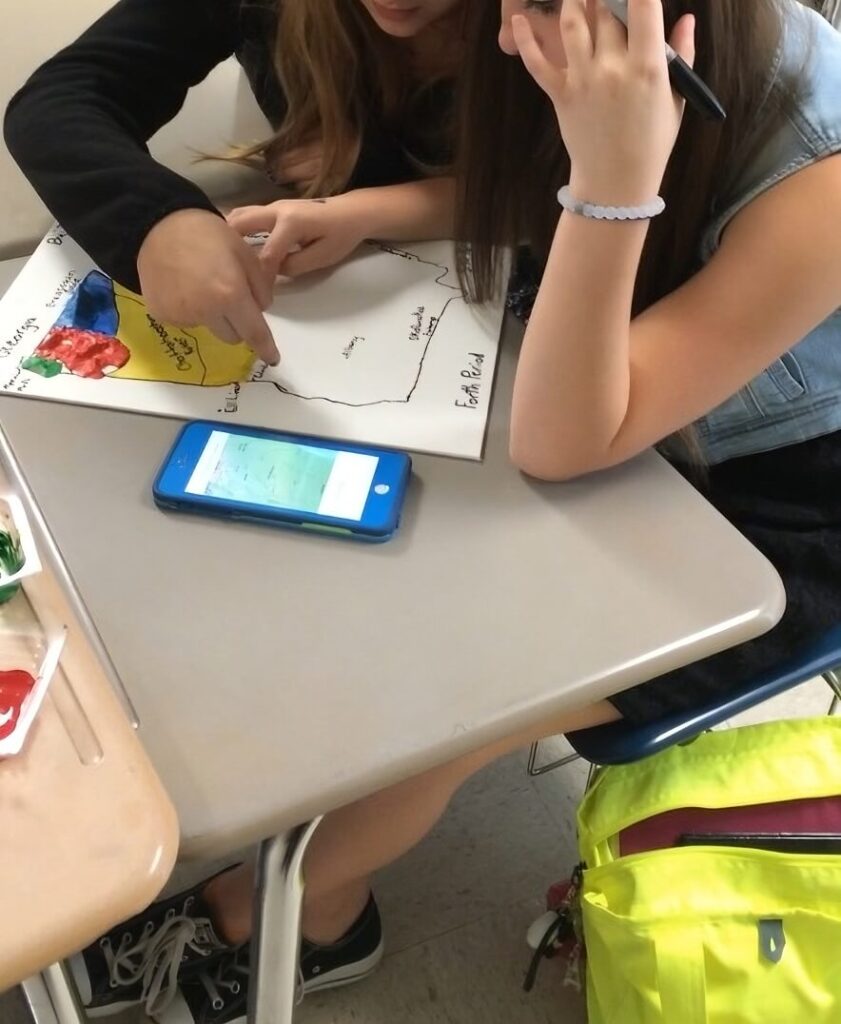
One learner has a higher interest in coloring, while the other shows a strong desire to use technology to engage in learning new information. Being proactive and intentional in the planning of this lesson provides both learners a meaningful and engaging experience in which they are both able to contribute to each other’s learning.
Let’s also consider the idea that learners increase their vocabulary as they become better readers and reflect on how we tend to focus on teaching nouns to less advanced learners. What if we consider also teaching verbs and pairing these actions with peers? In this way we can ensure that the learning involves an engaging social interaction. For example, in Photo C the learner is reading the word ‘hug’ while looking at images of peers, creating a real-life application of a social request.
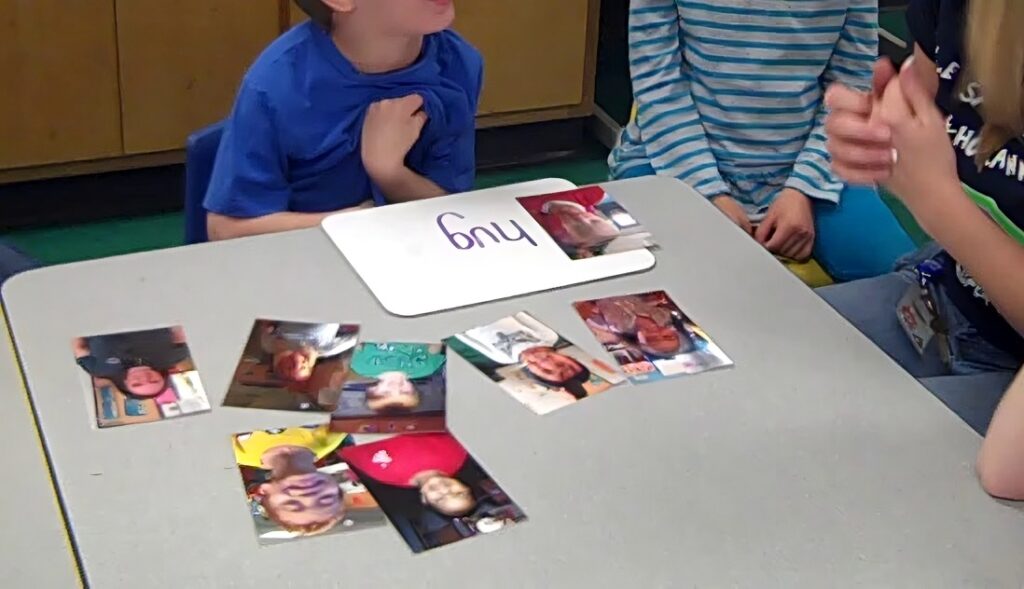
As educators, it’s important for us to ask ourselves this question: how can we create optimal learning experiences that foster opportunities for learners to access, engage and connect in their learning? One of the ways we know works is through infusing UDL and Social and Emotional Learning practices into our classrooms. In this way, we can focus on ensuring learning strategies that promote access, engagement and expression of learning across all stages of development.
